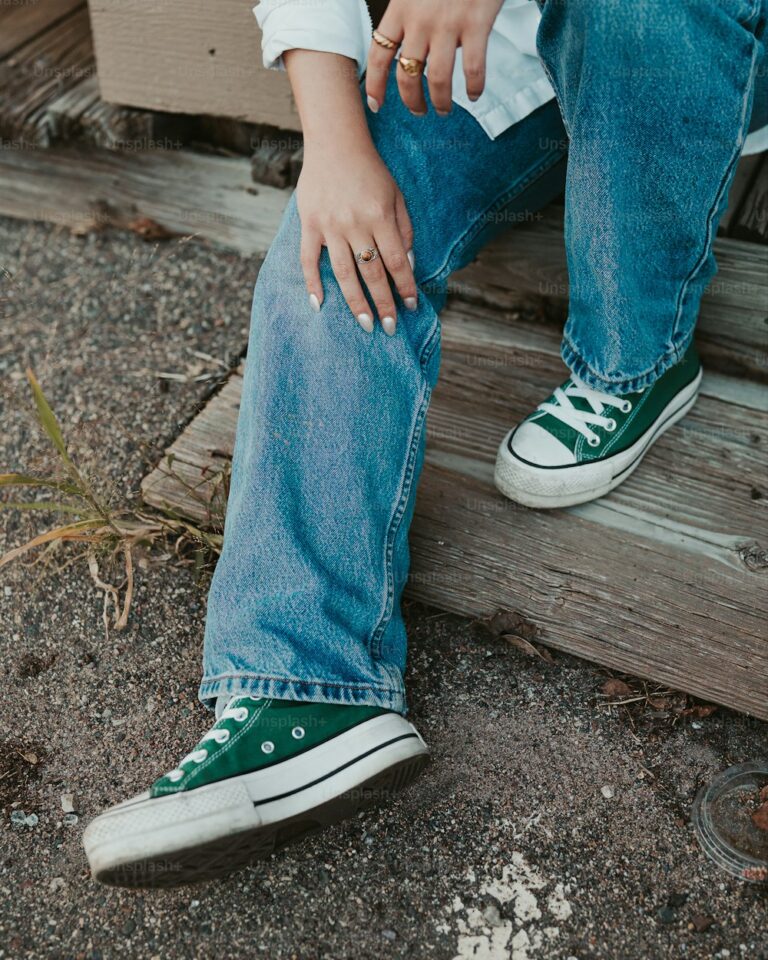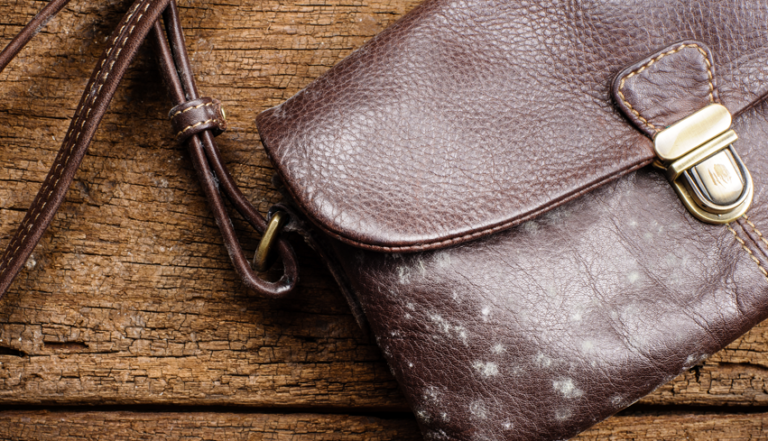How to Attach D Rings to a Bag
Are you tired of your keys constantly getting lost at the bottom of your bag? Do you want to add a stylish and functional touch to your bag straps? Look no further! In this comprehensive guide, we will walk you through the step-by-step process of How to Attach D Rings to a Bag. Whether you’re a beginner or an experienced crafter, you’ll find all the information you need to successfully complete this project.
Adding D-rings to a bag not only provides a practical solution for keeping your belongings organized but also adds a touch of style to your accessory. Whether you’re making a tote bag, a crossbody bag, or a backpack, attaching D-rings can elevate the design and functionality of your creation. In this guide, we will explore different methods of attaching D-rings to various types of bag straps, including leather, fabric, and webbing.
Types of D Rings Used for Bag Straps | How to Attach D Rings to a Bag
Before we dive into the attachment methods, let’s first familiarize ourselves with the different types of D-rings commonly used for bag straps. The most popular type is the flat-sided decorative D-ring, which has a flat surface on one side that can be easily attached to a strap or purse handle. Another variation is the shoulder bag strap ring, which has become increasingly popular for adding a stylish touch to bags. Additionally, O-rings and gate rings can also be used as alternatives to D-rings, providing a different aesthetic and functionality.

Tools and Materials Needed
To successfully attach D-rings to your bag, you will need the following tools and materials:
- Bag straps or webbing
- D-rings or O-rings
- Rivets or sewing machine
- Leather or fabric reinforcement
- Interfacing (if necessary)
- Scissors
- Sewing needles
- Thread
- Measuring tape or ruler
- Iron (for fabric straps)
- Hammer or rivet setter (if using rivets)
- Seam ripper (for any necessary adjustments)
Make sure to gather all the necessary supplies before you begin the attachment process.
Preparing the Bag and Strap
Before attaching the D-rings, it’s important to prepare both the bag and the strap. If you’re working with a leather or fabric strap, you may want to reinforce the area where the D-ring will be attached to prevent tearing. This can be done by sewing a square of fabric or interfacing onto the attachment area. The square should be slightly larger than the D-ring to ensure proper reinforcement.
Related: How to Repair Bag Strap | Tips and Techniques 2024
If you’re using webbing as your strap, you can skip the reinforcement step, as webbing is already a strong and durable material. However, it’s still important to measure and cut the webbing to the desired length before attaching the D-rings.
Attaching D-Rings with Rivets
One of the most common methods of attaching D-rings to bag straps is using rivets. This method provides a secure and decorative way to attach the rings. To attach D-rings with rivets, follow these steps:
- Create a hole in the strap material where the D-ring will be placed.
- Slide the D-ring over the hole, ensuring that the flat side is facing the strap.
- Fold the strap inside the D-ring and align the hole with the rivet.
- Insert the rivet through the hole and secure it by using a hammer or rivet setter.
- Repeat the process for the other end of the strap, making sure the D-rings are aligned.
Rivet attachment is commonly used for leather and fabric straps, as it provides a clean and professional finish. However, it requires a rivet setter tool and some practice to achieve the desired result.
Sewing D-Rings onto Straps
If you prefer a sewing method for attaching D-rings, you can sew them directly onto the straps. This method is suitable for thinner strap materials and provides a secure attachment. Here’s how to sew D-rings onto straps:
- Fold the strap in half lengthwise, with the wrong sides facing each other.
- Insert the D-ring into the folded end of the strap, ensuring that the flat side is facing the strap.
- Sew a straight stitch across the strap, securing the D-ring in place.
- Reinforce the stitch by sewing over it a few times or using a zigzag stitch.
- Repeat the process for the other end of the strap, ensuring that both D-rings are aligned.
Sewing D-rings onto straps is a versatile method that can be used for various types of materials, including fabric and webbing. It provides a secure attachment without the need for additional tools or hardware.
Creating a D-Ring Loop
Adding a D-ring loop to your bag can be a convenient way to secure keys or other small items. This loop can be attached to a pocket, inside a zipper, or directly to the facing of the bag. To create a D-ring loop, follow these steps:
Cut a strip of fabric or webbing to the desired length for your loop. Fold the strip in half lengthwise, with the wrong sides facing each other.
Insert the D-ring into the folded end of the strip, ensuring that the flat side is facing the strip. Sew a straight stitch across the strip, securing the D-ring in place.
Related: How to Attach a Chalk Bag to a Harness
Reinforce the stitch by sewing over it a few times or using a zigzag stitch. Attach the loop to your bag at the desired location, using either sewing or rivet attachment methods.
Creating a D-ring loop is a versatile option that can be customized to suit your bag’s design and functionality. It provides a practical solution for keeping small items easily accessible while adding a stylish touch to your bag.
Adding a D-Ring Closure
If you want to add a functional closure to your bag, using a D-ring can be a great option. This closure method is commonly used for crossbody bags and allows for easy adjustment of the strap length. To add a D-ring closure, follow these steps:
- Cut a strip of fabric or webbing to the desired length for your closure strap.
- Fold one end of the strap over the D-ring, ensuring that the flat side is facing the strap.
- Sew a straight stitch across the strap, securing the D-ring in place.
- Reinforce the stitch by sewing over it a few times or using a zigzag stitch.
- Attach the other end of the strap to the opposite side of the bag, either through a loop or a buttonhole.
- Adjust the length of the strap by sliding the D-ring along the closure strap.
Adding a D-ring closure provides versatility and adjustability to your bag design. It allows you to easily change the length of the strap to suit your comfort and style preferences.

Alternatives to D-Rings
While D-rings are a popular choice for attaching straps to bags, there are alternative options available. O-rings and gate rings can provide a different aesthetic and functionality to your bag design. O-rings are round in shape and can be made from various materials such as metal, plastic, or wood. They are typically smaller in size than D-rings, giving them a more delicate look. Gate rings, on the other hand, are rectangular in shape and are usually made from metal. They provide a modern and stylish look to an outfit. When choosing alternatives to D-rings, consider the overall design and functionality of your bag.
Common Questions and Answers
Can I attach D-rings to a bag made of thick or heavy-duty material?
Can I use D-rings for straps other than bags?
Are there any special considerations for attaching D-rings to waterproof or water-resistant materials?
Can I remove and reuse D-rings if I want to change the straps on my bag?
Conclusion
Attaching D-rings to a bag can greatly enhance its functionality and style. Whether you choose to use rivets or sewing techniques, the process is relatively simple and can be customized to suit your preferences. By following the steps outlined in this guide, you’ll be able to successfully attach D-rings to your bag and enjoy the convenience and aesthetic appeal they provide. Get creative, experiment with different materials and designs, and make your bag truly unique!






